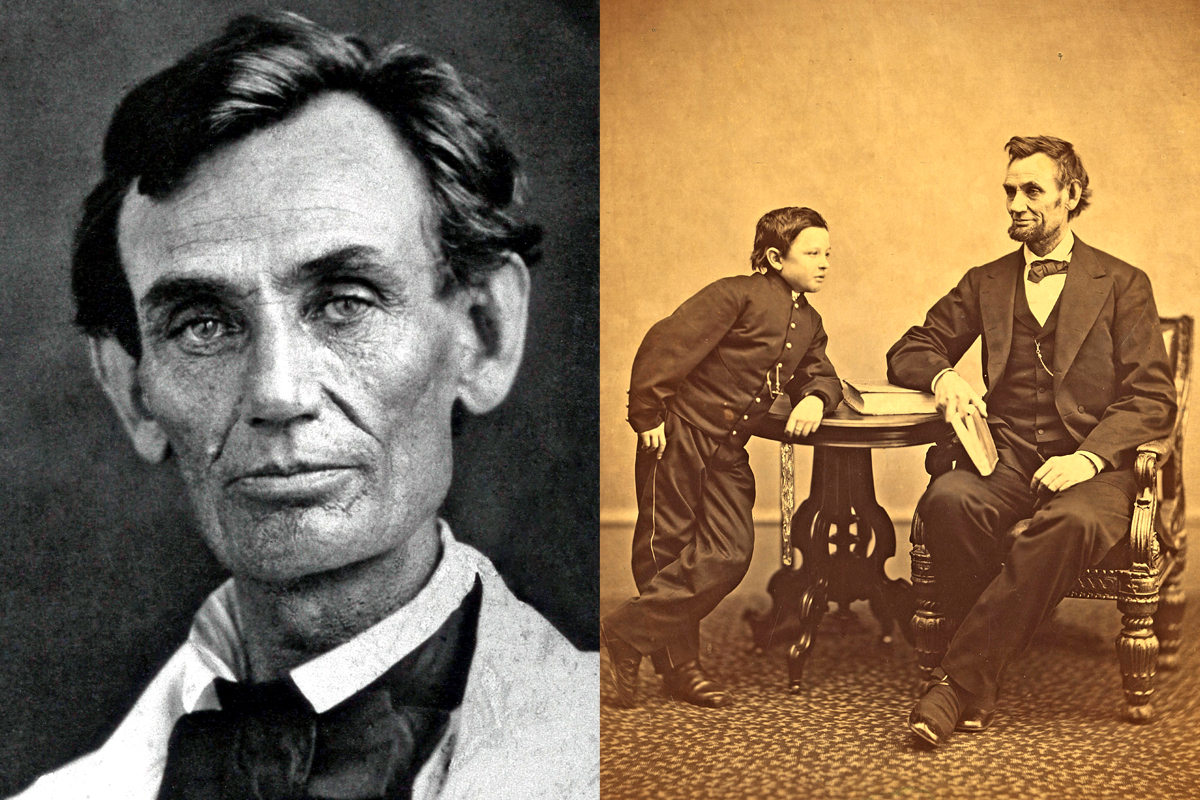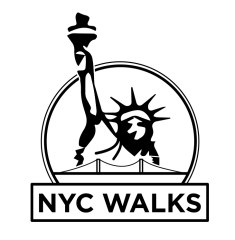Lincoln’s New York

When Abraham Lincoln visited New York City for the first time in 1857, the new in New York City was really new. Our city was on the cutting edge of technological innovation, cultural novelty, educational change, financial modernization, transportation leadership, communication pacesetting, commercial pioneering, and cultural trailblazing. For Lincoln, New York was the future, where the rest of America was heading. In 1857, Lincoln made good on his future by collecting the biggest fee of his career in New York: five thousand dollars. In today’s money, this would be half a million dollars.
New York City in the time of Lincoln included only Manhattan Island. This had been its corporate limits since its founding in 1624. When people said “New York City” or “Manhattan”, they meant lower Manhattan below Forty-Second Street where more than 800,000 people lived. Broadway only extended to Twenty-Third Street. Fifth Avenue was becoming famous as a fashionable thoroughfare. Forty-Second Street was a wilderness area where future president Grover Cleveland taught for a year at the New York State School for the Blind. Vanderbilt would build Grand Central Terminal at Forty-second Street because it was then on the outskirts of built-up part of the city. As late as 1859, Amos Eno had been called a fool for building the Fifth Avenue Hotel so far uptown on Madison Square at Twenty-Third Street. . The area above Fifty-Ninth Street was largely farmland or unkempt wilderness where Alexander Hamilton and James Audubon had their farms. Constructing of Central Park had just begun. Yorkville, Manhattanville, and Harlem were sprawling suburbs.
By 1860, New York City had become the unchallenged metropolis of America. New York had 813,669 people as the country’s largest city New York City had more people than twenty of the thirty-three states on its twenty-two square miles. Visionaries were already confident that New York City would some day embrace Westchester, Long Island, and New Jersey. New York was the nation’s premier immigrant city. Castle Clinton, operated by New York State, at the tip of Manhattan Island, served as the immigrant landing depot from 1855 to 1890 before Ellis Island took its place. The Irish immigrants felt themselves in competition with blacks for the jobs at the bottom rung of the economic and social ladder. New York was a segregated city that would have made pre-Civil War southerners feel at home.
In 1842 New York celebrated its greatest civic triumph with speeches, music, parades and massive public parade. After seven years of construction and an expenditure of $12,000,000 a river of fresh water had been brought through forty miles of aqueduct from the Croton Reservoir in Westchester County to Manhattan. Marked by the opening of the city hall fountain with its plume of water fifty feet high, the Croton Water System promised a new era of civic order, beauty, cleanliness, health and security. Additional fountains at Union Square to the north and Bowling Green to the south also celebrated this triumph. The water system was primarily designed to fight fire.
New York was the entertainment city. In the evening Broadway turned from merchandising to entertainment. Broadway between Seventh and Thirteenth Streets had become the theater district. Carriages drew up to theaters and music halls that dotted the avenue and let off their well-dressed patrons. In 1861, Mrs. Lincoln enjoyed a visit to P. T. Barnum’s American Museum, the Disneyworld of its time.
The area that is now called Foley Square was once known as Five Points, a mile north of city hall, was once America’s worst slum. It became a notorious must-see slum for visitors that included Charles Dickens in 1842 and Abraham Lincoln in 1857.
Many of the country’s leading newspapers were published at Park Row, near City Hall. Close to fifty newspapers were published there at one time so that the area was known as “newspaper row.” The New York Herald edited by James Gordon Bennet, The New York Tribune edited by Horace Greeley, The New York Post edited by William Cullen Bryant, The New York Times edited by Henry Raymond, Frank Leslie’s Weekly and Harper’s Weekly. The Associated Press had its headquarters nearby. Lincoln frequently jousted with Horace Greeley, the editor of The Tribune, over the issues of the day because of its potent influence.
Visitors stayed at one of the large hotels downtown such as the luxurious Astor House across from City Hall on Broadway that catered to well-healed travelers. The Lincolns stayed at the Astor House in 1857, 1860, and 1861. Its neighbors were the venerable St. Paul’s Church and P. T. Barnum’s American Museum. The Mercantile Library and the American Bible Society near the Astor House were also near-by and attracted people.
Trinity Church, designed by Richard Upjohn, towered over the area, was formally dedicated in 1846. Upjohn pioneered the use of brownstone. At 281 feet, roughly the height of a twenty-seven story building, the spire could be seen from all over the city, and from far out in New York harbor, New York was a city of three, four, and five-story buildings, nestling together. The church remained the tallest structure in New York until 1876 when it was eclipsed by the towers of the still-unfinished Brooklyn Bridge.
In 1857, Lincoln came to New York as an unknown to collect $5,000 from a railroad company. The company thought he charged too much and only wanted to pay a small portion. Lincoln returned to Illinois where he successfully sued and collected the money due to him. In 1860, Lincoln became a leading presidential contender after making his oratorical debut in New York at Cooper Union. In 1861, Lincoln came to New York to get support to preserve the Union. It was New York troops that protected Washington during the early days of the Civil War. In 1865, two million people came to see Lincoln lying in state at City Hall. Lincoln nurtured a relationship with New York City that helped him to preserve the Union.
© 2017 by Dr. Philip Ernest Schoenberg
